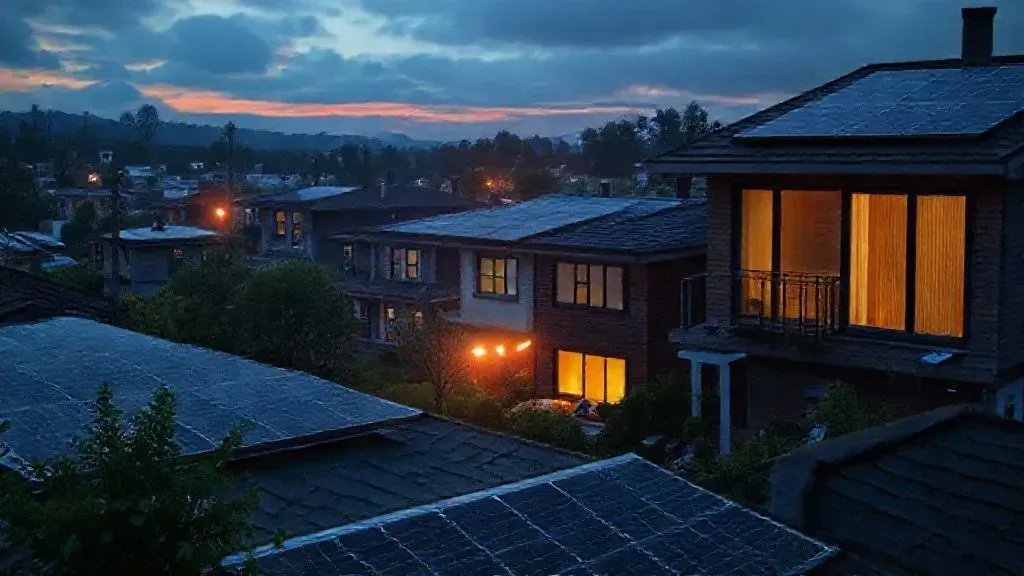
Over 900,000 low- and moderate-income households stood to benefit from the Solar for All program before its cancellation. This initiative, part of the 2022 Inflation Reduction Act, aimed to install rooftop solar panels to cut energy costs. The Trump administration terminated it, citing wasteful spending.
The Solar for All Program Overview
The program allocated $7 billion in grants for solar access. States like Virginia and Florida had projects underway, supporting thousands of families.
According to the Department of Energy, these efforts advanced a prior agenda deemed inefficient. Officials returned funds to prioritize affordable energy.
Impacts on Low-Income Families
Families in states like Florida report power costs rising 60 percent since 2019, per Heaven Campbell of Solar United Neighbors. The cuts leave them without subsidies to offset bills.
In Georgia, even Trump supporters express disappointment over lost opportunities. Jennifer McCoy noted she likes many of Trump's policies but not this solar decision.
Brandon Praileau from Solar United Neighbors described the withdrawal as mind-blowing for affected communities. Projects halted mid-installation strand investments and raise disconnection risks.
Rising Energy Costs and Trends
Power prices outpace inflation in 26 states, driven by weather events and grid issues, as per Lawrence Berkeley National Laboratory. California sees over 34 percent increases since 2019.
The end of a 30 percent tax credit for home solar by December worsens affordability. Businesses face deadlines for similar incentives by 2026.
Bernadette Del Chiaro of the Environmental Working Group warns consumers now rely solely on utilities. She predicts a rain shadow effect in 2026 with sharp business drops.
Job Losses and Industry Effects
Ed Murray of the California Solar and Storage Association estimates thousands of job losses. Payback times for solar could double to 12 years without support.
Barry Cinnamon, CEO of Cinnamon Energy Systems, calls this a big plunge on the solar coaster. Installers struggle to find work amid cutbacks.
Ryan Schleeter from The Climate Center notes most scrapped projects were mid-implementation. This disrupts ongoing efforts to improve grid resilience.
Legal Challenges and Responses
Over 20 states, including New York and Colorado, sue the EPA to restore funds. They argue the cancellation illegally withholds allocated money.
Attorney General Letitia James leads efforts to protect billions for renewable power. Such actions aim to lower bills and combat climate issues.
States like Nevada seek to recover $150 million for household savings. Litigation may delay cuts and revive programs, per Steve Larson, former California regulator.
Broader Policy Shifts
The administration focuses on oil and gas, easing drilling permits. Trump stated no approvals for wind unless in emergencies.
Energy Secretary Chris Wright emphasizes responsible use of taxpayer dollars. This contrasts with prior renewable pushes.
Susan Stephenson of California Power and Light highlights struggles for places of worship. They face high costs without installers for solar or EV stations.
Future Outlook and Actionable Steps
Experts foresee worsened air quality and missed climate goals in states like California. Families can explore state incentives or community solar options.
Advocates recommend monitoring lawsuits and contacting representatives for support. Energy efficiency upgrades offer short-term bill relief.
These cuts highlight tensions between fossil fuels and renewables in US policy. They underscore the need for stable funding to ensure equitable energy access.


